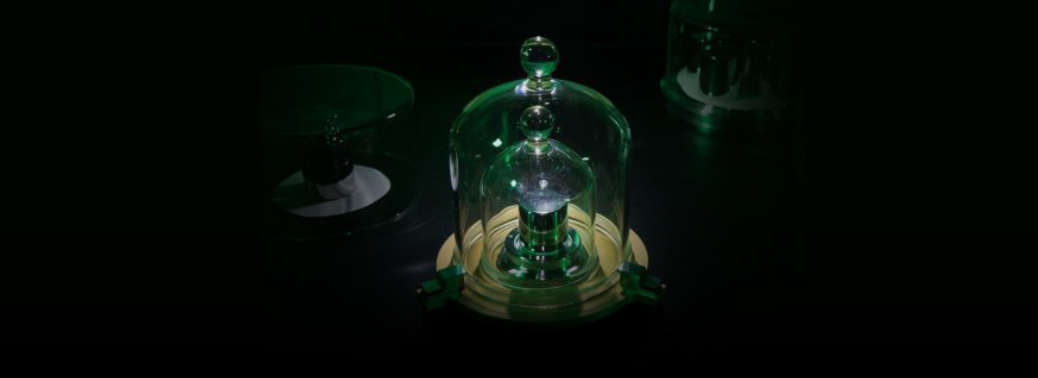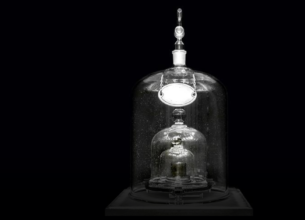KILOGRAM UPDATE TO SPUR REVISION OF TEXTBOOKS
21, May 2019

Prelims level : Science & Technology (ST9)
Mains level : Technology, Economic Development, Bio diversity, Environment, Security and Disaster Management (GS3K)
Why in News:
- With the definition of the ‘kilogram’ getting a global, technical makeover, textbooks are set to undergo an update.
Background
-
Since the 19th century,scientists have based their definition of the fundamental unit of mass on a physical
object — a shining platinum-iridium cylinder or Le Grand K (weighed exactly a kilogram) known as the International Prototype of the Kilogram. - It is housed at the headquarters of BIPM in Sevres, France.
- All modern mass measurements are derived from the kilogram, whether micrograms of pharmaceutical medicine or gold dust, kilos of fruit or fish or tonnes of steel.
- The problem is the prototype doesn’t always weigh the same. Even inside its three-glass bell jars it picks up microparticles of dirt and is affected by the atmosphere. Sometimes it needs cleaning, which can affect its mass.
New Concepts:
- Since 1967, the second has been defined as the time it takes for a certain amount of energy to be released as radiation from atoms of Caesium-133. This became the basis of all measures of time and is used in atomic clocks.
- Once the second was defined, the metre fell into place. This was based on another universal constant: the speed of light. Today, the metre is defined as the distance travelled by light in vacuum in 1/299,792,458 of a second (which is already defined).
- The kilogram comes next. The Planck constant, which Kilogram is based on, is usually measured in joule seconds, but this can also be expressed as kilogram square metres per second.
- By adding measurements of a second and a metre, along with an exact knowledge of
Planck’s constant, precise definition of the kilogram can be obtained. - The CSIR-NPL, which is India’s official reference keeper of units of measurements, released a set of recommendations requiring that school textbooks, engineering-education books, and course curriculum update the definition of the kilogram.
- The institute is also in the process of making its own ‘Kibble Balance’, a device that was
used to measure the Planck Constant and thereby reboot the kilogram - The National Physical Laboratory itself will be relying on the kilogram maintained in the U.S.-based National Institutes of Standards and Technology to calibrate its one-kilogram weight.







